Introduction
Lamb cartilage, often overlooked in the culinary world, is a treasure trove of flavor and texture that can elevate any dish to new heights. This underappreciated cut, characterized by its delicate yet slightly crunchy nature, offers a unique eating experience that combines the succulence of lamb with the satisfying snap of cartilage. Whether you’re a seasoned chef or an adventurous home cook, learning how to cook lamb cartilage to perfection can open up a world of culinary possibilities. In this comprehensive guide, we’ll explore various techniques, seasoning strategies, and pairing ideas to ensure your lamb cartilage dishes are nothing short of mouthwatering.
Understanding Lamb Cartilage
Before diving into the cooking methods, it’s crucial to understand what lamb cartilage is and why it’s worth cooking. Lamb cartilage primarily consists of collagen-rich connective tissue found around joints and bones. Unlike other cuts of meat, cartilage is not entirely muscular, giving it a distinct texture and flavor profile. When cooked properly, it becomes tender and slightly chewy, providing a delightful contrast to softer meat textures.
Lamb cartilage is also highly nutritious, rich in protein, gelatin, and essential amino acids that support joint health and skin elasticity. Its high collagen content makes it a favorite among health-conscious eaters looking to incorporate more bone broth-like benefits into their diets.
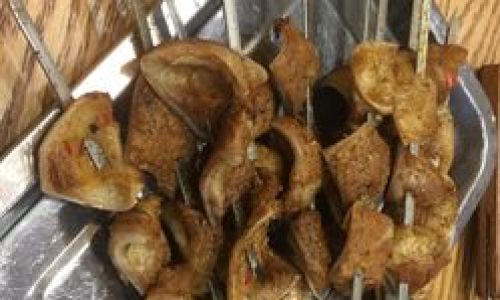
Selecting the Right Lamb Cartilage
The first step in making delicious lamb cartilage dishes is selecting high-quality ingredients. Here are some tips for choosing the best lamb cartilage:
- Source Freshness: Always opt for fresh, locally sourced lamb cartilage. Freshness ensures better texture and flavor.
- Appearance: Look for pieces that are relatively uniform in size and shape, with a slightly glossy appearance. Avoid any that look dried out or discolored.
- Smell: Fresh lamb cartilage should have a mild, earthy aroma. Avoid any that smells sour or off.
- Marbling: While lamb cartilage isn’t heavily marbled like some cuts of steak, a bit of fat can enhance flavor and moisture during cooking.
Preparation Techniques
Proper preparation is key to achieving tender, flavorful lamb cartilage. Here are some essential steps:
- Trimming: Remove any excess fat or sinew that could make the final dish chewy or unappealing.
- Soaking: Soaking lamb cartilage in cold water for an hour can help draw out impurities and blood, resulting in a cleaner flavor.
- Pat Drying: After soaking, pat the pieces dry with paper towels to ensure even cooking and better seasoning adherence.
- Seasoning: Season generously with salt, pepper, and your choice of spices. Lamb cartilage benefits from bold flavors, so don’t be afraid to experiment with herbs like rosemary, thyme, or garlic.
Cooking Methods
Now, let’s dive into the various cooking methods that can transform lamb cartilage into a culinary delight.
Grilling
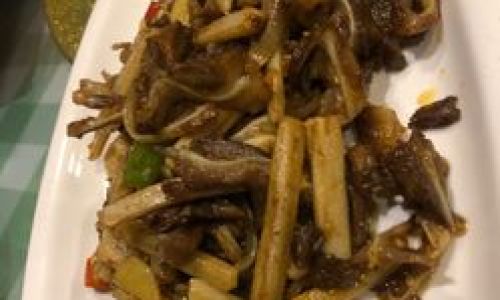
Grilling lamb cartilage is a fantastic way to achieve a smoky, caramelized exterior while keeping the interior tender. Here’s how:
- Preheat Grill: Preheat your grill to medium-high heat.
- Oil the Grates: Lightly oil the grill grates to prevent sticking.
- Season: Season the lamb cartilage pieces with salt, pepper, and your favorite spices.
- Grill: Place the pieces on the grill and cook for about 4-5 minutes per side, or until they reach your desired level of doneness. Be careful not to overcook, as this can make the cartilage tough.
- Rest: Allow the grilled lamb cartilage to rest for a few minutes before serving to redistribute juices.
Pan-Searing
Pan-searing is another excellent method for achieving a golden-brown crust while keeping the interior moist and tender.
- Heat Pan: Preheat a heavy-bottomed skillet over medium-high heat.
- Add Oil: Add a tablespoon of oil (such as olive oil or avocado oil) to the pan.
- Sear: Place seasoned lamb cartilage pieces in the pan, ensuring they are not overcrowded. Sear for about 3-4 minutes per side, or until deeply browned.
- Finish: You can finish the cooking process in the oven at 375°F (190°C) for an additional 5-7 minutes if desired, or continue searing until cooked through.
- Rest and Serve: As with grilled lamb cartilage, let the pieces rest before serving.
Braising
For a more tender, slow-cooked texture, braising lamb cartilage is the way to go. This method involves cooking the pieces in a flavorful liquid at a low temperature for an extended period.
- Sear First: Begin by searing the seasoned lamb cartilage pieces in a hot skillet until browned on all sides. This helps lock in juices and adds flavor.
- Prepare Braising Liquid: In the same skillet, add chopped onions, carrots, celery, and garlic. Sauté until softened, then deglaze with red wine, beef broth, or a combination of both. Add herbs like bay leaves, thyme, and rosemary.
- Braise: Transfer the seared lamb cartilage and braising liquid to a heavy pot or Dutch oven. Cover and cook in the oven at 325°F (165°C) for about 2-3 hours, or until the cartilage is very tender.
- Thicken Sauce: If desired, remove the lamb cartilage and reduce the braising liquid on the stovetop to thicken it into a rich sauce.
- Serve: Return the lamb cartilage to the sauce and serve hot, perhaps over mashed potatoes or creamy polenta.
Stir-Frying
For a quick, Asian-inspired dish, stir-frying lamb cartilage can be a delightful surprise.
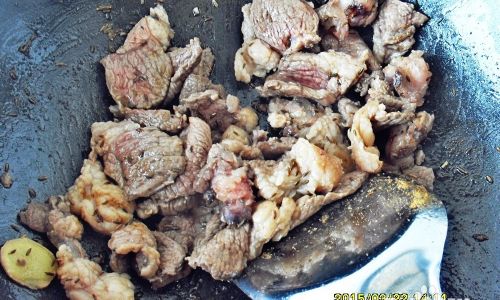
- Marinate: Marinate the lamb cartilage pieces in a mixture of soy sauce, rice vinegar, sesame oil, garlic, and ginger for at least 30 minutes.
- Heat Wok: Preheat a wok or large skillet over high heat.
- Stir-Fry Vegetables: Add a tablespoon of oil and stir-fry sliced bell peppers, onions, and snap peas until tender-crisp. Remove from the wok and set aside.
- Cook Lamb Cartilage: Add a bit more oil to the wok and stir-fry the marinated lamb cartilage until browned and cooked through.
- Combine: Return the vegetables to the wok, toss everything together, and cook for an additional 2-3 minutes until heated through.
- Serve: Garnish with chopped scallions and serve immediately with steamed rice or noodles.
Flavor Pairing and Serving Suggestions
Lamb cartilage’s unique texture and mild flavor make it versatile and adaptable to various cuisines. Here are some flavor pairing and serving suggestions:
- Mediterranean: Pair with lemon zest, olive oil, oregano, and tomatoes for a fresh, vibrant dish.
- Asian Fusion: Incorporate soy sauce, hoisin sauce, and sesame seeds for a tangy, savory twist.
- Italian Inspired: Use tomatoes, basil, garlic, and red wine for a hearty, rustic meal.
- Middle Eastern: Combine with cumin, paprika, and yogurt sauce for a flavorful, comforting dish.
When serving, consider pairing lamb cartilage with sides that complement its rich, savory flavors. Options include roasted vegetables, couscous, quinoa, or crusty bread for soaking up any delicious sauces.
Conclusion
Lamb cartilage, often dismissed as a secondary cut, is a hidden gem in the culinary world. With the right preparation and cooking techniques, it can become a star of any meal, offering a delightful balance of texture and flavor. Whether you choose to grill, pan-sear, braise, or stir-fry, lamb cartilage has the potential to elevate your dishes to new levels of culinary excellence. So, the next time you’re at the butcher’s, don’t hesitate to pick up some lamb cartilage and start exploring the delicious possibilities it holds. Happy cooking!
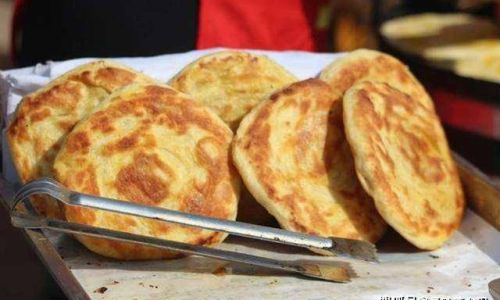
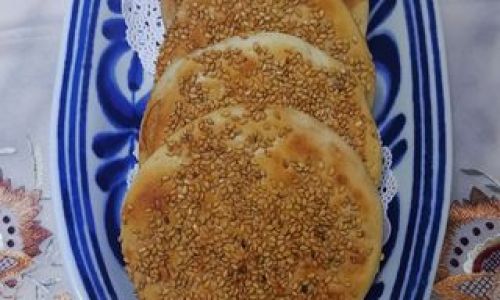
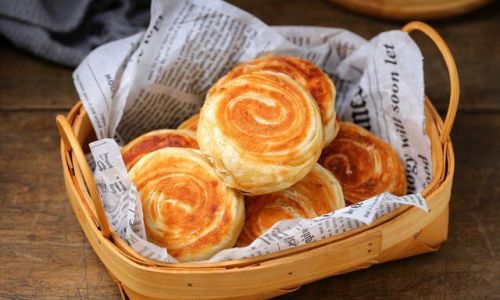
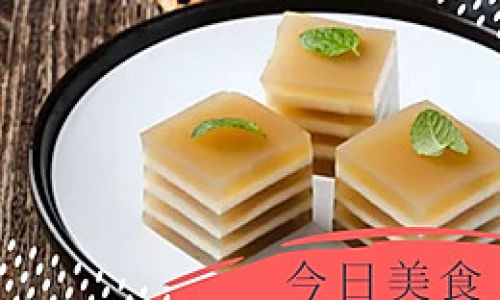
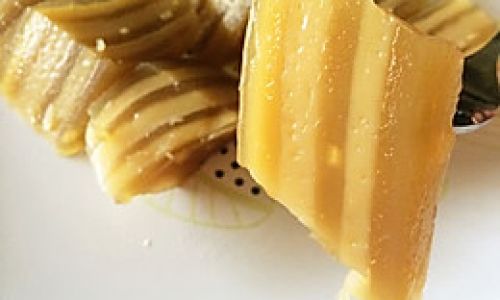
0 comments